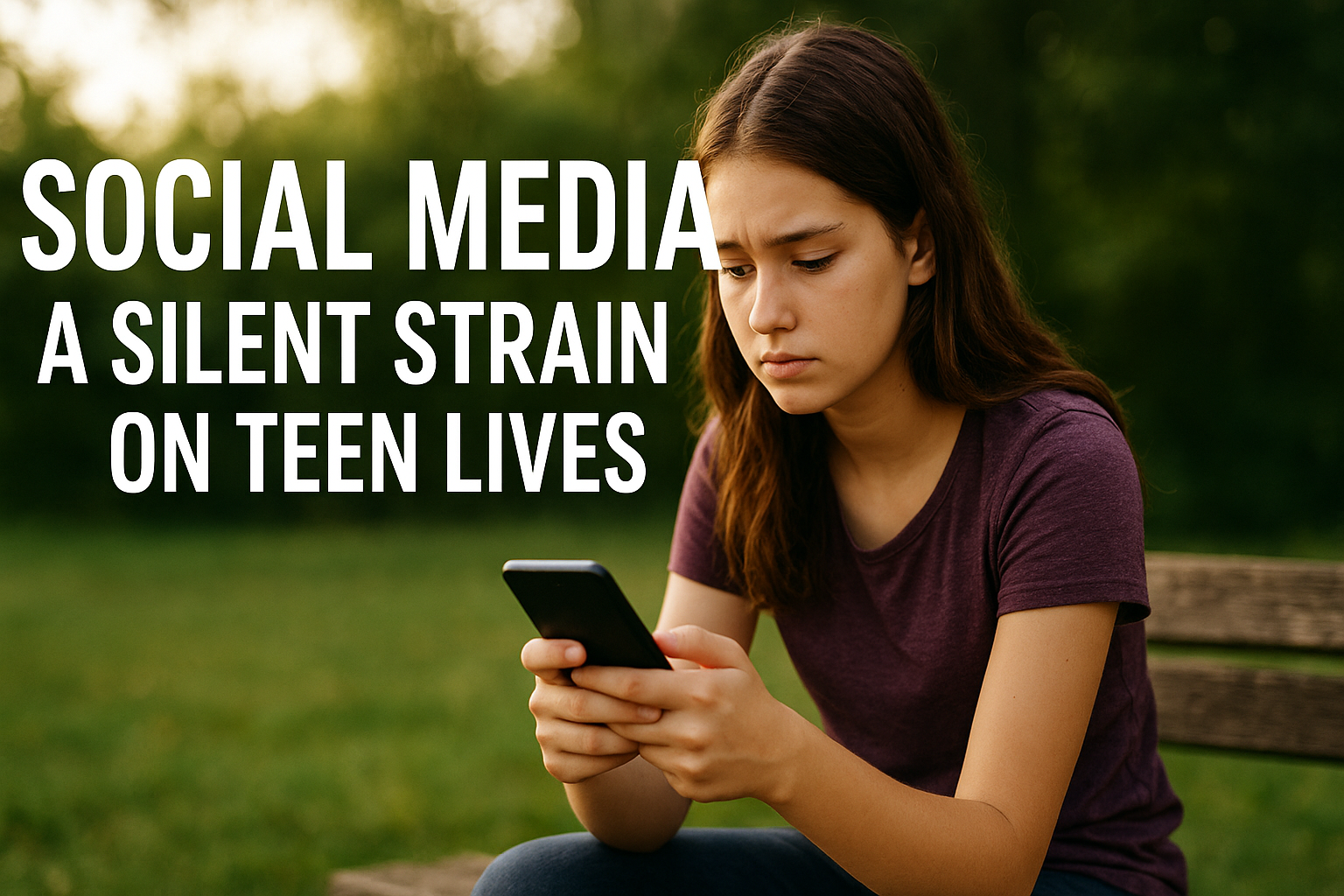In the Community
University in the Community: Removing Barriers to Learning

Regular readers of Learning Curves will know that University in the Community (UitC) is an adult education program founded in 2003 by the Workers’ Educational Association, the publisher of this newspaper. UitC welcomes adults who may have faced barriers to post-secondary education but who have never lost their desire to learn. Our program is not-for-credit and it is free-of-charge.
Each Wednesday evening, a group of adults from all walks of life meets at Innis College, on the St. George campus of University of Toronto. It is a time set aside for exploring and discussing a topic chosen by the students in the previous year, listening to inspiring speakers, and, whenever possible, taking topic-related, excursions.
For the 2019-2020 year, our topic is: “The Public Good: Who is the Public and What is the Good?”
What do we mean by the public good (also called the common good), you ask? In Canada, and in other liberal democracies, the term is most often understood to mean policies and services that are put in place for the benefit of everyone – those living now and those yet to be born – rather than for the enrichment of any one person or group.
The public good is a democratic, aspirational concept that goes beyond present or private interests. If you think of the public good as something close to well-being for all, you can easily understand why it is a term so widely accepted that it is rarely, if ever, debated. In fact, in Western democratic thought, the public good is often closely allied with the concept of justice.
Public space, for instance, is a public or common good. Everyone is welcome to use a public space, as long as they use it for the purposes for which it was designed. Likewise, public institutions – such as hospitals and schools – were founded on the understanding that access to their services would be made available to all.
Public health regulations, especially those that ensure the cleanliness of the air we breathe and the water we drink, provide another example of what we might include in the category of the public good.
This Fall, UitC students began the term by asking: Is the public good, a hallmark of liberal democracies, under threat from private interests? If it is, what can we do to rescue it?
We decided to focus first on how other cultures imagined the idea of the public good long before it was ever called by that name. For millennia, its spirit of selflessness and stewardship has been integral to indigenous cultures in Canada. Invited speakers spoke movingly about Inuit and First Nations’ traditional cultures.
We visited an exhibit by the Isuma Collective at the University of Toronto’s Art Museum called Qaggiq: Gathering Place (https://artmuseum.utoronto.ca/exhibition/qaggiq-gathering-place/). There, we saw visual documents of elders describing and enacting the skills of their traditional way of life. Like the younger generation who accompanied the elders in the videos, we watched and listened and learned.
When Inuit Elder, Naulaq Le Drew, spoke (and drummed, and performed!) at our next class, we learned that her traditional upbringing was based on four big laws, or malagait. These laws formed the basis of Inuit inter-relationships to each other, to all other living beings, and to the environment. The first of these laws? Working for the common good.
Two speakers who are member of First Nations communities, spoke of the teaching role that traditional values provide each one in their life today. And both described how their understanding of indigenous traditional values was a blueprint for how to address the environmental crisis.
Cynthia Wesley-Esquimaux, Indigenous Chair on Truth and Reconciliation at Lakehead University, explained how traditional First Nations communities addressed common needs with a collective response – a response that required elders to consider the impact of their decisions on seven future generations. Decisions always involved people and entities beyond the present time.
Jayce Chiblow, a researcher with York University’s Indigenous Environmental Justice Project, added that according to traditional indigenous belief, everything – living, in the spirit and ancestral world, and not yet present – is connected in the vast interrelatedness of all things. Knowledge is not just something you acquire, we learned, it is given to us and with it comes the responsibility to act, to give back to your community. https://iejproject.inofo.yorku.ca
Land, the space to be and to belong, is crucial to indigenous peoples and their teachings. After attending an event hosted by U of T’s School of Cities at North York Public Library, where panelists spoke about urban land use in present-day Toronto, it was hard not to conclude that in our here and now, land is a contested site between public and private ownership. https://www.schoolofcities.utoronto.ca/
Urban planner, architect, and author, Ken Greenberg, ingeniously wove several threads together when he spoke to us about the increasing presence of technology in public space. There are critical choices to be made as cyberspace interjects itself into public space. In a world of rapid technological invention, are we still able to conceive of something as far-reaching, and as precious, as the common good?
By their expansion of a concept, speakers led UitC students to understand that an idea has histories. That will be key to our continuing explorations next term!



